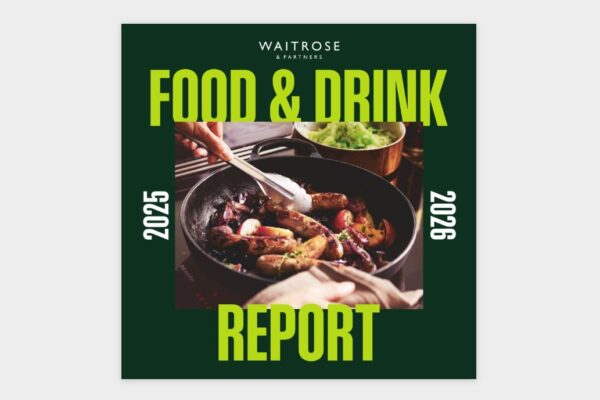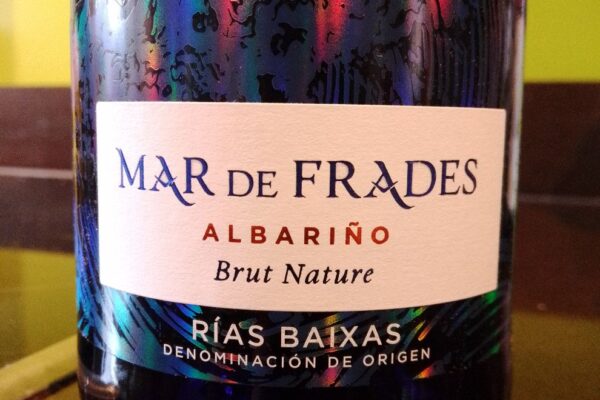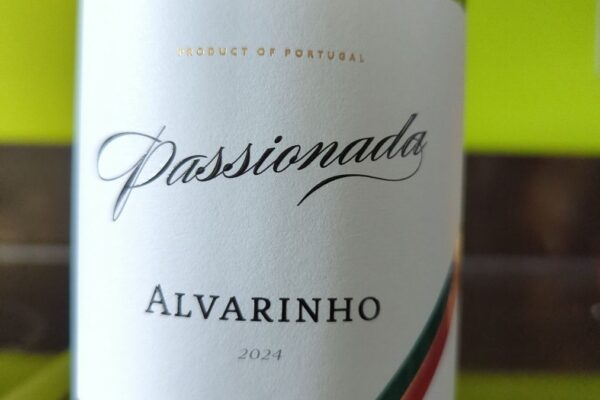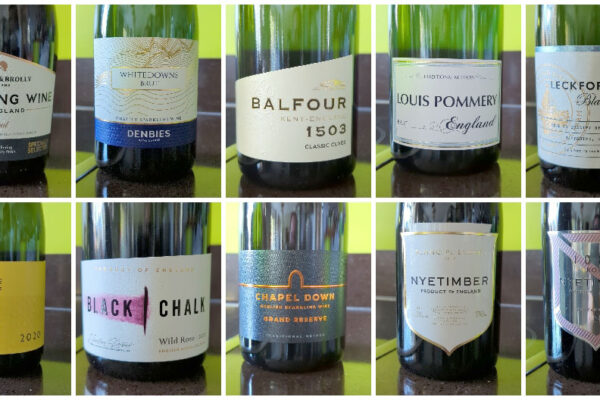
Jack Simpson from The Guardian newspaper reports on the concerns of UK wine industry about post-Brexit tax changes set to increase the complexity of alcohol duty, leading to higher wine prices for consumers. The new system, effective from February 2025, will introduce 30 tax bands for wine, replacing the previous single band. This change, which aligns duty with the alcohol by volume (ABV) of drinks, has been criticised by industry leaders as “ludicrous, expensive, and probably unworkable.” The overhaul was officially announced last August during Rishi Sunak’s tenure as Chancellor, aiming to tax drinks based on ABV rather than type.
Businesses, including Majestic Wine and the Wine Society, have highlighted the significant administrative burden and cost implications of the new system. Majestic Wine’s John Colley and the Wine Society’s Steve Finlan have expressed concerns about the impact on prices and the complexity of administering the new duties. The Wine and Spirits Trade Association (WSTA) analysis suggests that the end of an 18-month easement period, where a fixed duty was applied to wines between 11.5% and 14.5% ABV, will see prices on 43% of wines increase, with red wines, due to their higher ABV, particularly affected.
The industry has lobbied for the permanence of the easement rules, but the government plans to proceed with the changes. This decision has sparked criticism from within the wine sector and some MPs, who argue that the system post-Brexit has become much more complex rather than simpler. The Treasury has responded by noting its engagement with the wine industry and highlighting past duty freezes. The reform will also equalise the duty on sparkling and still wines of the same ABV and reduce duty on lower-strength drinks, such as beer. However, the primary concern remains the administrative challenges and potential price increases for wine.













